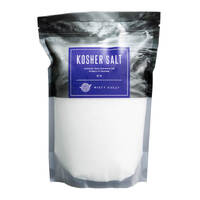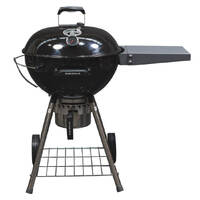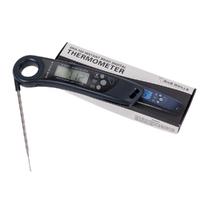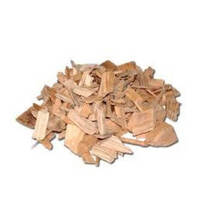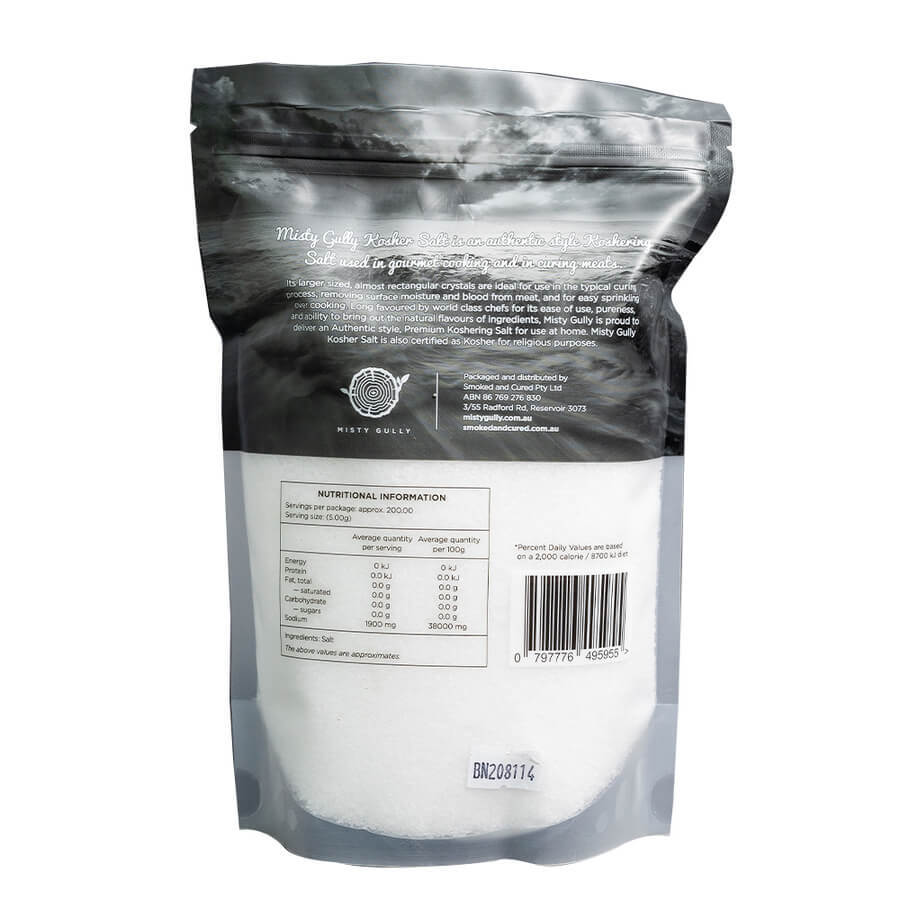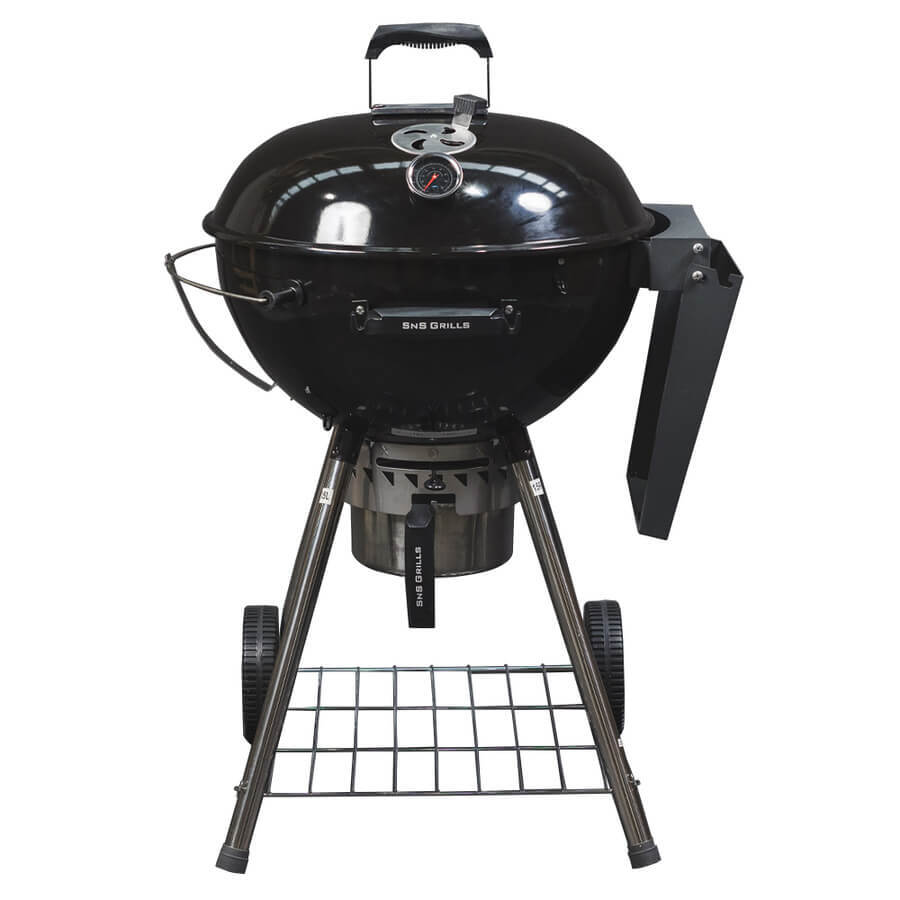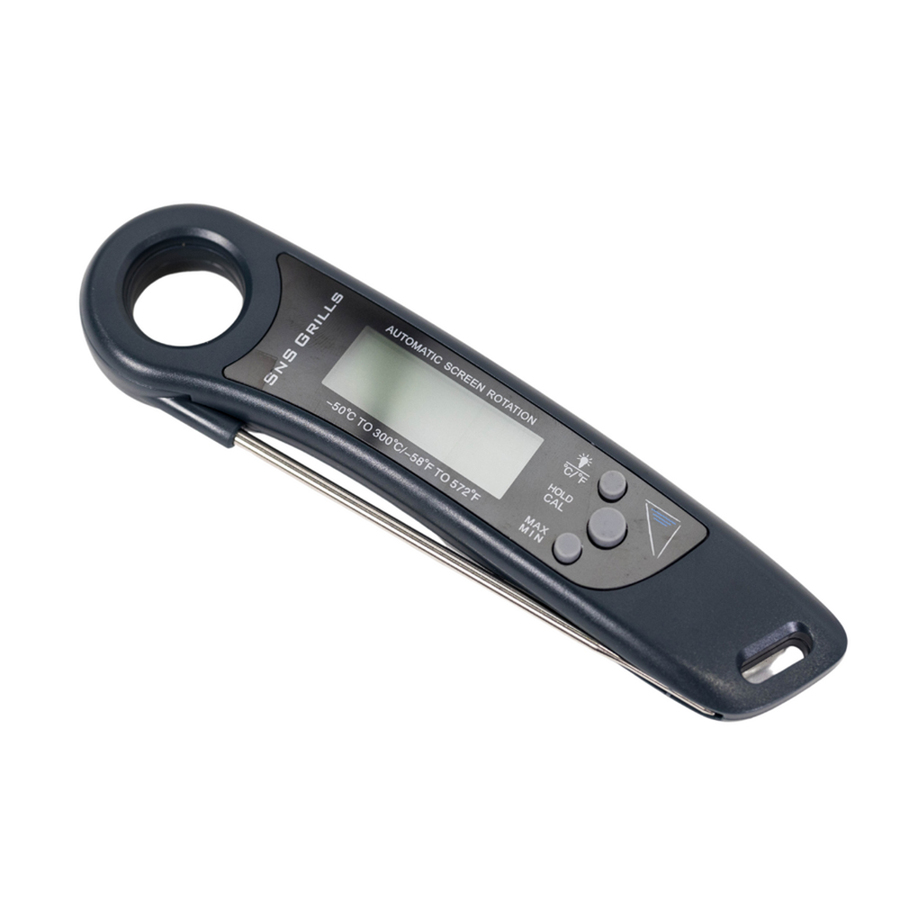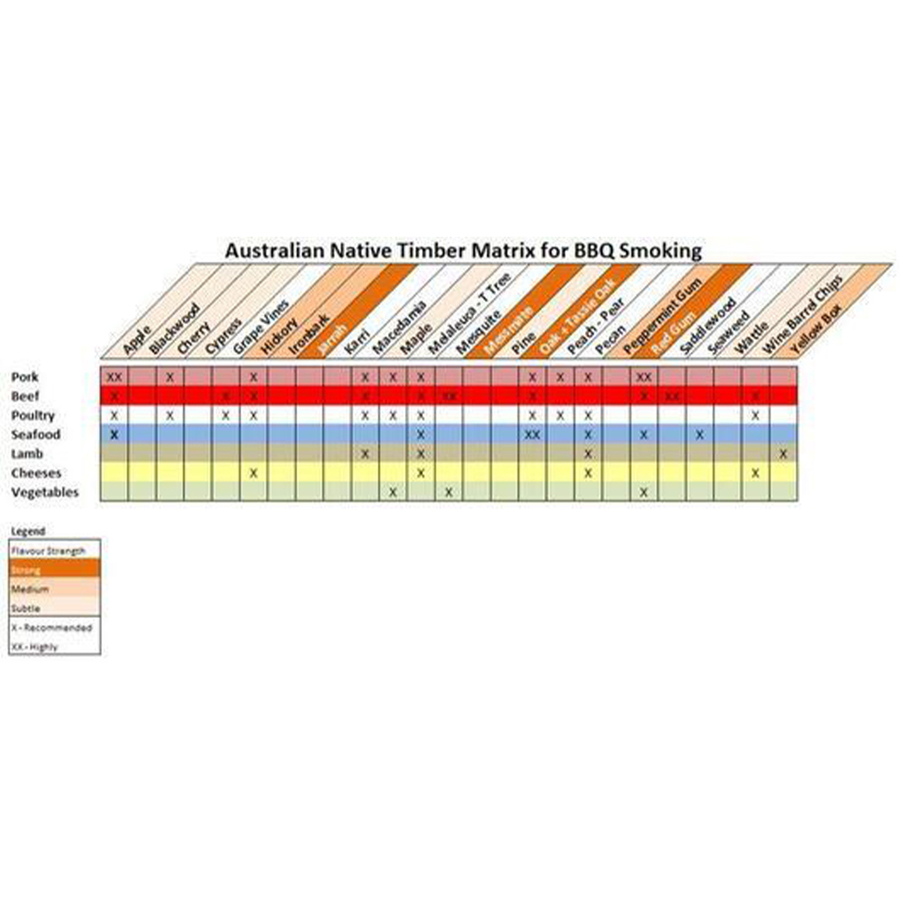Chopped/ Pulled Beef
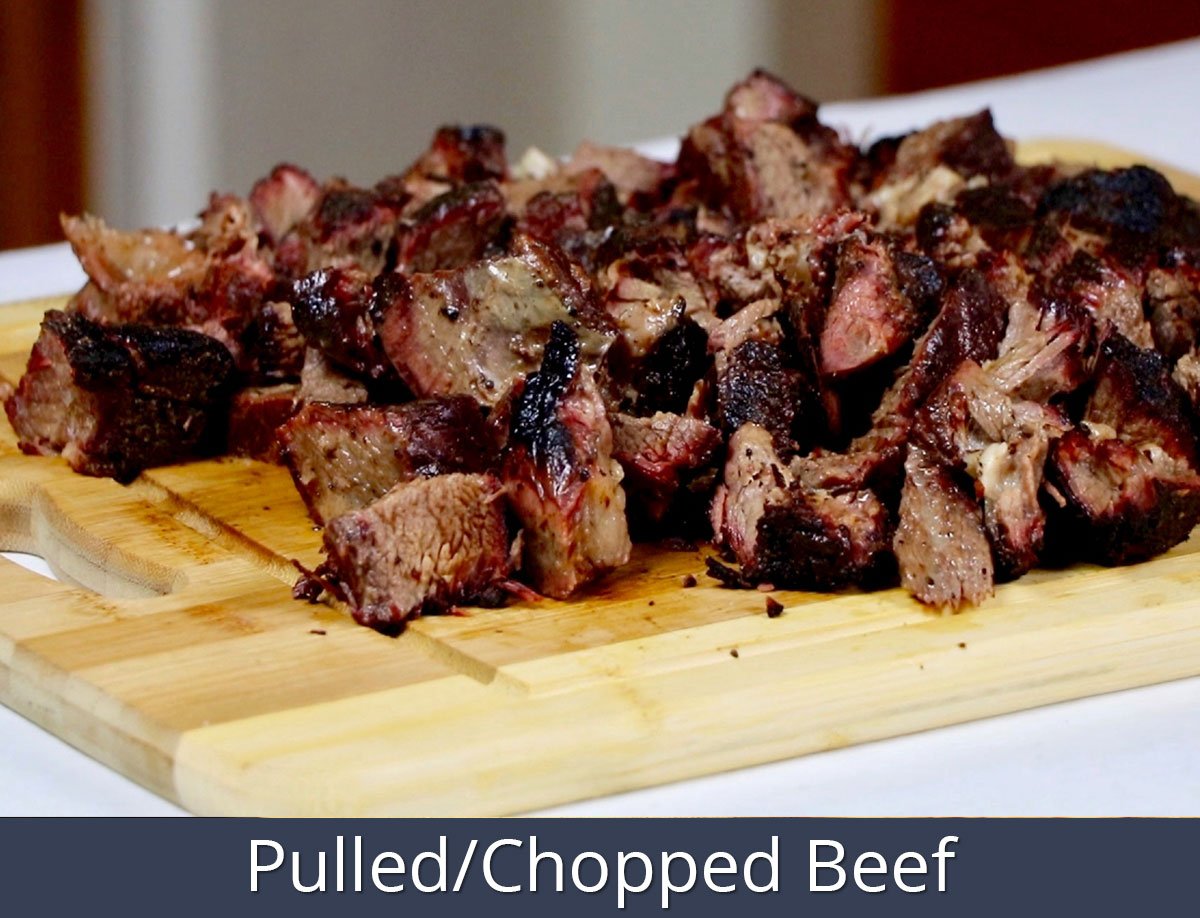
Introduction
The cousin to pulled pork, pulled beef, is frequently overlooked in the barbecue world. Pulled beef combines the tender, shredded, juicy, and smoky goodness of pulled pork with the bold beefy flavour of good beef brisket. We like to think of it as a cross between pulled pork and brisket. However, if you've never made pulled beef before, you're probably wondering, "How do I do it?"
The answer is surprisingly simple. Roast chuck. The rest of the steps are nearly identical to those for making pulled pork. Maybe that doesn't put you at ease, and maybe you've never made pulled pork before... Never be afraid to keep reading!
Selection
There are a few more details you should be aware of in order to ensure that your efforts are well rewarded. To begin, let's talk about the meat...
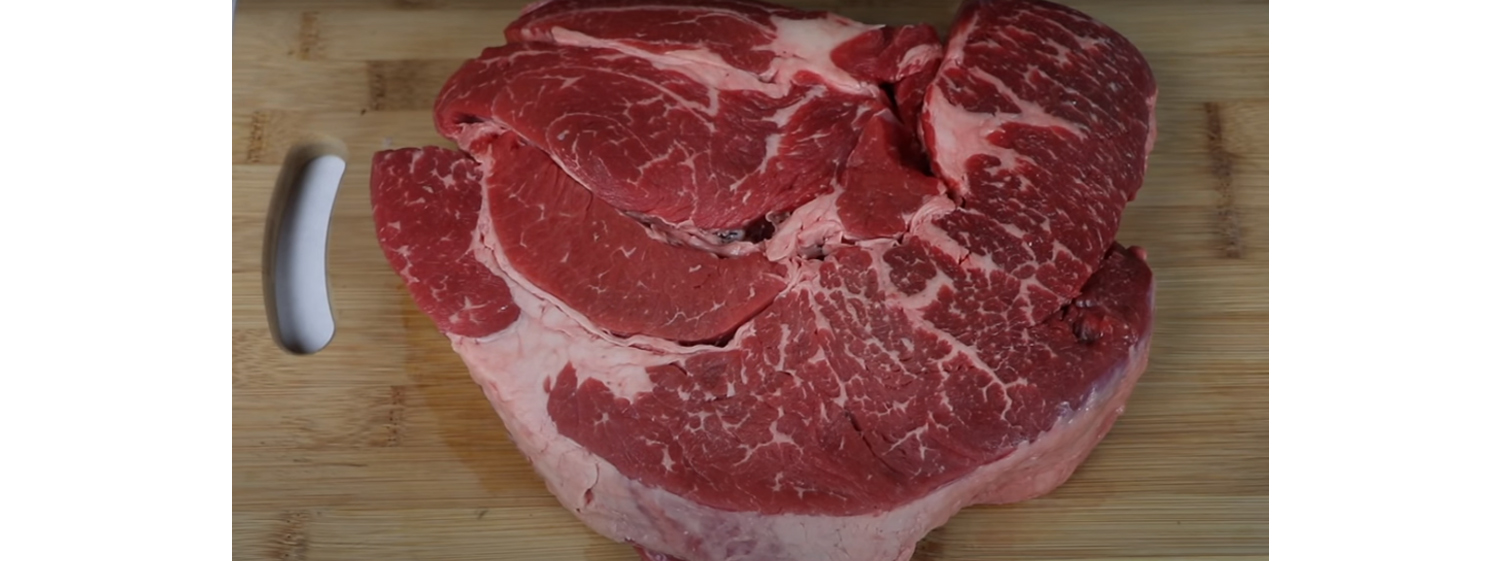
Chuck roast is widely regarded as the best cut for making pulled beef. Chuck roasts, like the front shoulder of pork (or the pork "butt"), are high in fat, collagen, and marbling because they are derived from the front shoulder of the steer. This is what we'll need to make delicious juicy pulled beef. You may wonder, ‘Can I use any beef roast, such as round or rump?' No, just as you wouldn't buy a pork ham (rear leg) or a loin for making pulled pork, we want to avoid round or rump roasts and loins when making pulled beef. They're simply too skinny. Cuts like these are best suited to roasting to 135 degrees Fahrenheit or medium-rare, then slicing thinly, and they can be delicious when done this way. But, as with many barbecue-worthy cuts, the goal is to get something with enough internal fat to render out and turn into a tender juicy delicacy.
Prep
Trim excess fat and fat cap from the roast: Just like when making pulled pork, we want to trim excess fat and fat cap from the roast first. During the cook, this will ensure proper salt penetration and rub adherence/bark formation. It is not necessary to leave a fat cap on the roast, as you would with brisket. A chuck roast, like a pork butt, will usually have enough internal fat to do the job we need it to do. In these cases, surface fat will simply act as a barrier to salt, rub, smoke, and bark. Don't be afraid to cut it!
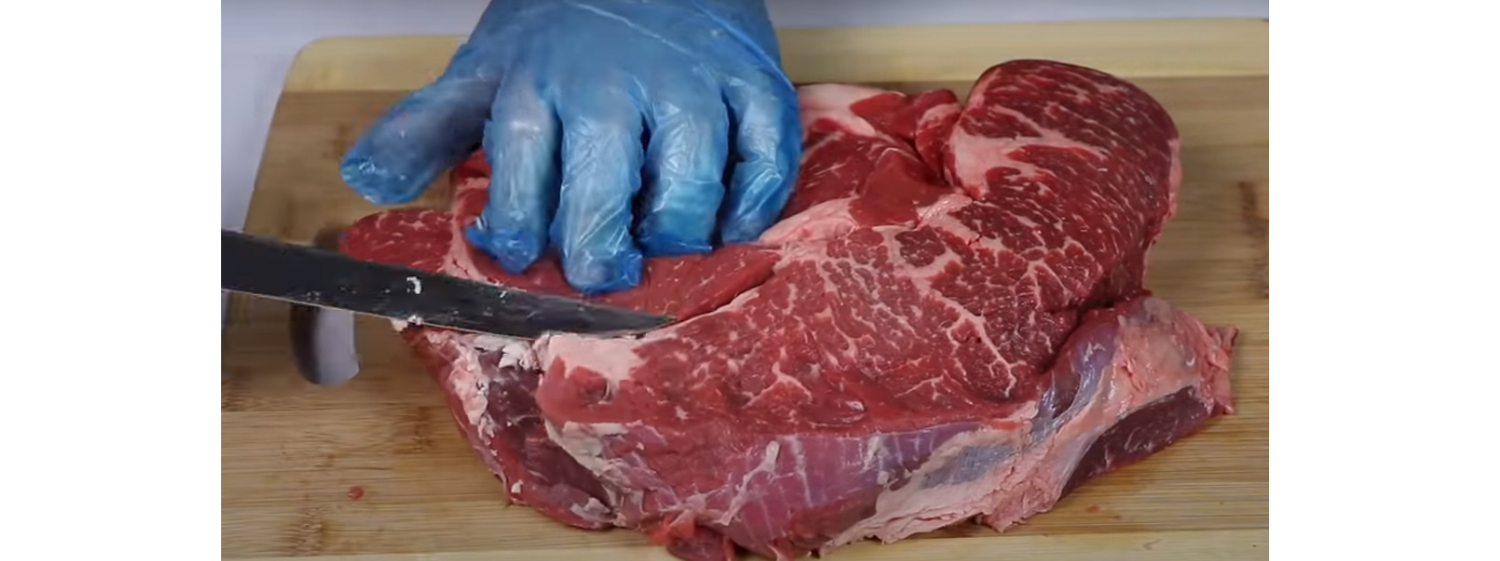
Season the meat after it has been dry brined. On a thicker piece of meat like this, it's best if you can give yourself 24 hours. We recommend applying coarse Kosher salt all around the roast at a rate of about 12 tsp per pound of meat. So, for a 4 lb chuck roast, plan on about 2 tsp coarse Kosher salt spread evenly around the roast. A good rule of thumb is to add the amount of salt you would normally use if you were eating the meat. Oil, mustard, or other means of adhering rubs to the meat are not required. The surface moisture of the meat should be sufficient to retain the majority of the salt.
*Please note that if you use regular table salt instead of the recommended coarse Kosher salt, cut the amount in half. Allow 1/4 teaspoons of table salt per pound of meat. Because table salt granules are much smaller, more can be packed into a given volume. If you don't pay attention to this, you'll most likely over-salt your meat!
Refrigerate the meat at 34-38 degrees Fahrenheit. To aid in the drying of the bark, wrap it in plastic wrap or leave it uncovered during this time. Just be sure to keep it away from other foods to avoid cross-contamination.
After you've dry brined your meat for at least a few hours, preferably 24 hours, it's time to preheat the smoker and add the unsalted rub. (Note: If using a salted rub, omit the Kosher salt dry brine step.) Simply make a dry brine out of your salted rub and proceed as directed!
We strongly advise you to use a different rub than you would for pork. We know you love your favourite rib or pork rub, and you may be thinking it'll be great on pulled beef as well, but beef is generally better suited to peppery profiles rather than sweet rubs like pork. We recommend adding 1 teaspoon cumin to the rub for this recipe.
Do you coat the meat in oil first? Mustard? Yes, you can. But you don't have to. These additions merely aid in the adhesion of the rub to the meat. Even a thin layer of plain water will suffice. We like to use a quick spray of PAM or something similar because a spray can of anything is simple and convenient! Add a generous amount of rub. After the rub has been applied, a light sprinkle of finishing/table salt on the surface is not a bad idea. The flavour of the bark will be improved as a result of this.
Cook
For pulled beef/chuck roast, we recommend the standard low & slow 225°F lighting technique, which includes hot water in the water reservoir. When your kettle reaches 225 degrees Fahrenheit on the cooking side, at grade level, as measured by a quality digital thermometer probe (not your grill's lid temp gauge), place the chuck roast directly on the grate. Insert a thermometer probe into the roast as close to the centre as possible.
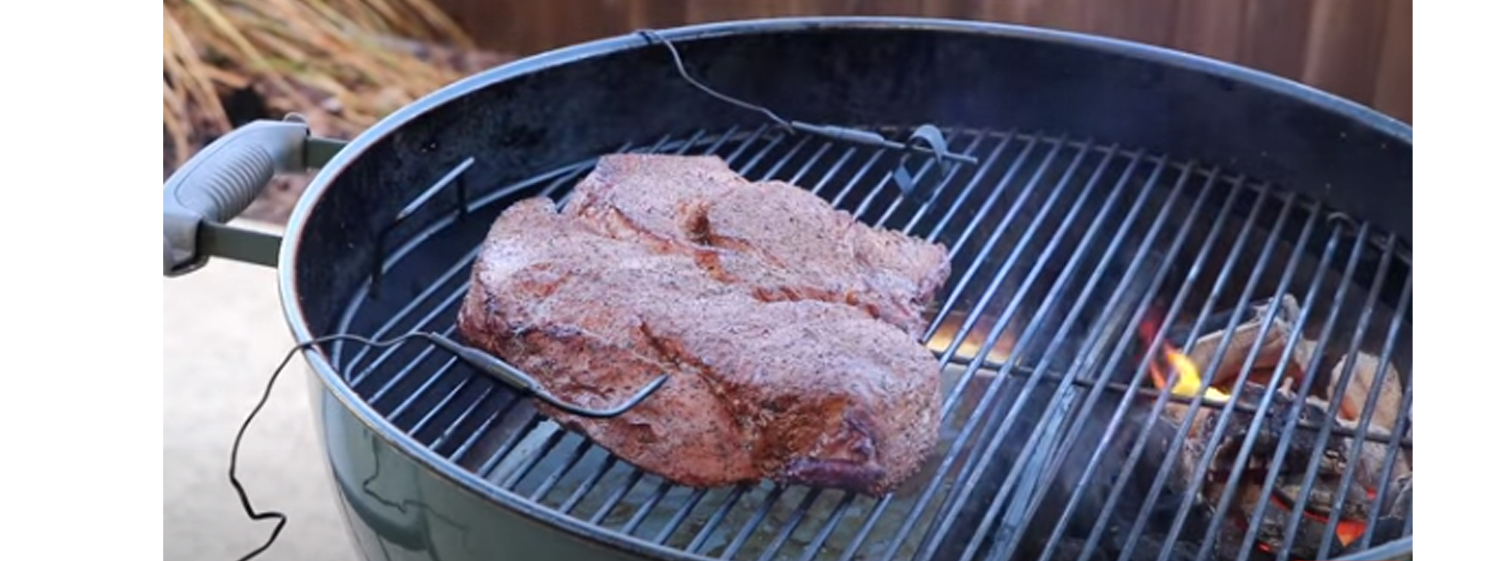
What kind of wood? This should be the least of your worries. However, if you have a variety of woods to choose from and want to know which ones we recommend, they are: 1) oak, 2) pecan, 3) hickory, 4) apple or any fruit fruitwood vice you to consider it the least of your concerns because there are far more factors that will influence the final outcome and flavour of your finished product than the type of wood you use. But if all you have is cherry, don't worry about it; use it! According to our lighting instructions, we recommend no more than three fist-sized (or four if smaller) chunks. With the Slow ‘N Sear, you don't need a lot of wood.
Things will become very familiar from here on out. The temperature of the meat will quickly rise and stall between 150 and 170 degrees Fahrenheit. It could stall for an hour or three. The temperature of the meat will eventually rise again. And, as you might expect, we're going to push it past 200.
The main difference between pulled beef and pulled pork is that beef chuck roasts often require a slightly higher internal temperature to soften and fully render the fat. Whereas a pork butt would be satisfied with 203 and a Cambro hold, a chuck roast may require 205, 207, or even 210. When the meat reaches this temperature, let's try to keep it there for about an hour.THEN, in a faux Cambro, let's hold it a little longer. If you're familiar with the time it takes to fully cook pulled pork, the time it takes to fully cook pulled beef will be strikingly similar, but perhaps an hour or two longer. The most important factor is not the time or temperature, but ‘probe tenderness'- when you can insert a thermometer probe into the meat and it slides in with little resistance “like butter,” or a fork easily twists in the side, it's ready! Allow more time if the meat feels tough or dry. Return in an hour and try again. If necessary, repeat.
To wrap or not to wrap? Wrapping in foil, also known as the "Texas crutch" or "crutching," will help things move along faster. A foil wrap will sacrifice some bark and possibly some of the rub coatings, but it will significantly shorten your cooking time. We strongly advise you not to wrap right at the start of the stall.
You will have a much better bark developed if you can wait until the internal temperature of the meat is 180 F, which is after the stall. The flavorful crust on the outside of the chuck, full of seasonings, salt, and smoke, is known as bark. Bits of bark mixed into the pulled beef add extra bursts of flavour to the finished product, and this is what distinguishes yours as ‘REAL Q'!
When the cooking is finished, keep it in the faux Cambro, tightly wrapped in foil. A faux Cambro hold can often be achieved in 1-3 hours. Make a point of reserving any drippings from the foil and adding them to the pulled beef. It's a good idea to leave your leave-in thermometer probe in the chuck during this hold to ensure the meat temperature doesn't fall below 140F.
You'll notice that this isn't a quick task—one of the keys to great barbecue is patience and allowing time for the magic to happen!
Recipes for pulled beef that are easy to make: Nachos: Shredded cheddar and/or Monterrey Jack cheese, your favourite nacho toppings, and generous amounts of hot smoked pulled beef combine to make some of the best nachos you've ever had! Alternatively, Philly Steak & Cheese Sammies: On lightly toasted ciabatta bread, served with pulled beef, provolone cheese, sautéed peppers and onions, and optional mushrooms. Excellent restaurant!
Summary
- Chuck Roast is perfect for pulled/chopped beef
- Trim excess surface fat
- Dry brine (salt) overnight
- Season/Rub before cooking; beef works well with pepper-based seasoning
- Cook low & slow at 225 F
- Cook until probe tender (~205-210 F internal)
- Faux cambro an additional hour or two
Check Our Kettle Grills and Accessories.

